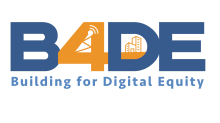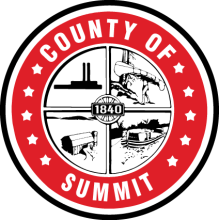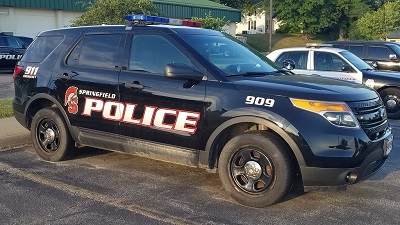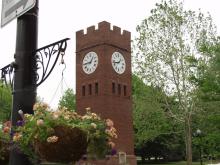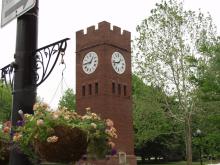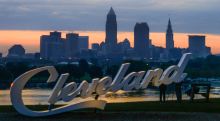Next B4DE Event This Tuesday: Building Connected Communities, Sustaining Momentum
Lots happening for Digital Inclusion Week 2023, which kicks off this Monday. One free online event that will be of particular interest for digital equity advocates across the nation is the next National Digital Inclusion Alliance (NDIA) and Institute for Local Self Reliance (ILSR) Building for Digital Equity (#B4DE) Livestream.
The popular virtual gathering will be held this Tuesday, Oct. 3, from 12 noon to 1:15 pm ET and will focus on the DIW-inspired theme: “Building Connected Communities: Sustaining Momentum.”
Attendees can still register here.
Building on the success of our previous events, we are excited to present another engaging agenda packed with practical insights and information digital inclusion practitioners can use while working in the trenches to bridge America’s yawning digital divide.
The agenda includes:


